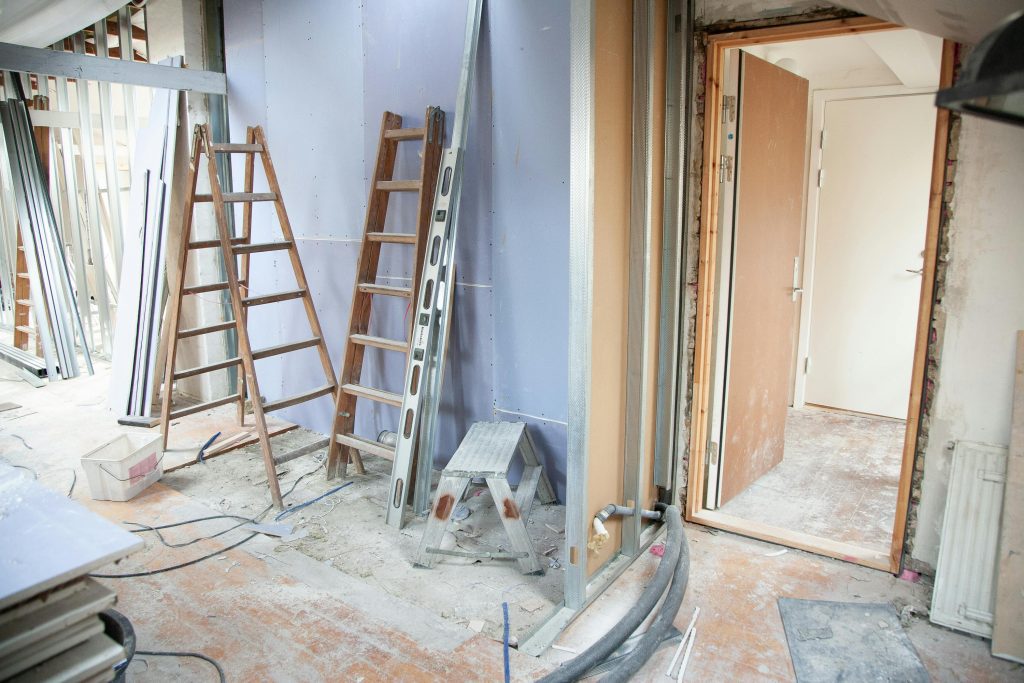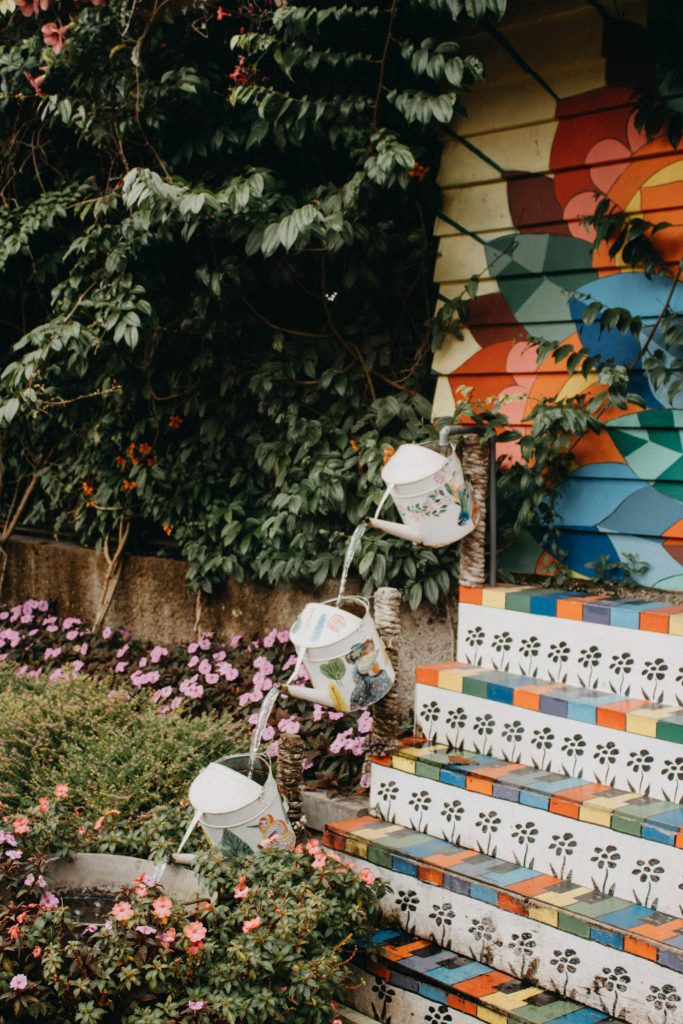Environmentally friendly houses, also known as green or sustainable houses, are homes that are designed and built with a focus on minimizing their impact on the environment. These houses are constructed using sustainable building materials and techniques that reduce energy consumption, conserve water, and promote a healthy indoor environment. The goal of environmentally friendly houses is to create a living space that is not only comfortable and functional but also sustainable and environmentally responsible.
Sustainable building is becoming increasingly important as we face the challenges of climate change and resource depletion. By adopting sustainable building practices, we can reduce our carbon footprint, preserve natural resources, and mitigate the negative impacts of traditional building methods on the environment. Environmentally friendly houses offer numerous benefits for both the environment and homeowners, making them an attractive option for those looking to build or buy a new home.
The Importance of Sustainable Building
Sustainable building is important for several reasons. First and foremost, it helps to reduce the negative impact of traditional building methods on the environment. Traditional construction practices often result in high levels of waste generation, energy consumption, and carbon emissions. By adopting sustainable building practices, we can minimize these impacts and create homes that are more environmentally friendly.
Traditional building methods also contribute to resource depletion. The extraction and processing of raw materials such as wood, concrete, and steel require significant amounts of energy and water. By using sustainable building materials, we can reduce our reliance on these resources and promote their conservation.
Furthermore, sustainable building practices help to mitigate the effects of climate change. The construction industry is a major contributor to greenhouse gas emissions, primarily through the use of fossil fuels for energy generation and transportation. By designing and constructing environmentally friendly houses that are energy efficient and utilize renewable energy sources, we can reduce our carbon footprint and contribute to the fight against climate change.
Benefits of Environmentally Friendly Houses for the Environment
Environmentally friendly houses offer several benefits for the environment. One of the most significant benefits is the reduction in carbon footprint. These houses are designed to be energy efficient, meaning they require less energy for heating, cooling, and lighting. They also often incorporate renewable energy sources such as solar panels or wind turbines, further reducing reliance on fossil fuels. By reducing energy consumption and utilizing renewable energy, environmentally friendly houses can significantly reduce carbon emissions and help combat climate change.
Another benefit of environmentally friendly houses is the preservation of natural resources. Sustainable building materials such as bamboo, recycled steel, and reclaimed wood are used in the construction of these houses. These materials are renewable or have a lower environmental impact compared to traditional building materials. By using sustainable materials, we can reduce the demand for virgin resources and promote the conservation of natural habitats.
Additionally, environmentally friendly houses have a positive impact on climate change. The design and construction of these houses often incorporate features that promote natural ventilation, passive heating and cooling, and efficient water management. These features help to reduce the energy required for heating and cooling, as well as the demand for water. By reducing energy consumption and conserving water, environmentally friendly houses can help mitigate the effects of climate change.
Benefits of Environmentally Friendly Houses for Homeowners
| Benefits of Environmentally Friendly Houses for Homeowners |
|---|
| Lower energy bills |
| Improved indoor air quality |
| Reduced carbon footprint |
| Increased home value |
| Lower maintenance costs |
| Healthier living environment |
| Reduced water usage |
| Less reliance on non-renewable resources |
In addition to the environmental benefits, environmentally friendly houses also offer several advantages for homeowners. One of the most significant benefits is improved health and well-being. Environmentally friendly houses are designed to promote a healthy indoor environment by using non-toxic materials and incorporating features that improve indoor air quality. This can lead to a reduction in respiratory problems, allergies, and other health issues associated with poor indoor air quality.
Another benefit for homeowners is increased property value. As sustainability becomes more important to homebuyers, environmentally friendly houses are becoming increasingly desirable. Studies have shown that green homes tend to sell faster and at higher prices compared to traditional homes. This is because buyers recognize the long-term cost savings and environmental benefits associated with these houses.
Furthermore, environmentally friendly houses can lead to lower energy bills. These houses are designed to be energy efficient, meaning they require less energy for heating, cooling, and lighting. This can result in significant cost savings for homeowners, especially over the long term. Additionally, the use of renewable energy sources such as solar panels can further reduce energy costs by generating electricity on-site.
Energy Efficiency in Environmentally Friendly Houses
Energy efficiency is a key feature of environmentally friendly houses. These houses are designed to minimize energy consumption by incorporating features that reduce the need for heating, cooling, and lighting. For example, they often have high levels of insulation to reduce heat loss in winter and heat gain in summer. They may also have energy-efficient windows and doors that minimize air leakage and heat transfer.
Environmentally friendly houses also utilize renewable energy sources to further reduce reliance on fossil fuels. Solar panels are a common feature in these houses, as they can generate electricity from the sun’s rays. This electricity can be used to power appliances, lighting, and heating systems, reducing the need for grid electricity.
Other energy-saving features found in environmentally friendly houses include LED lighting, energy-efficient appliances, and smart home technology that allows homeowners to monitor and control their energy usage. By incorporating these features, environmentally friendly houses can significantly reduce energy consumption and lower utility bills.
Materials Used in Environmentally Friendly Houses

Sustainable building materials are a key component of environmentally friendly houses. These materials are chosen for their low environmental impact and their ability to promote resource conservation. Examples of sustainable building materials include bamboo, recycled steel, reclaimed wood, and recycled glass.
Bamboo is a popular choice for sustainable building due to its rapid growth rate and renewability. It is a highly versatile material that can be used for flooring, furniture, and even structural elements. Bamboo is also known for its strength and durability, making it an excellent alternative to traditional building materials.
Recycled steel is another sustainable building material that is commonly used in environmentally friendly houses. By using recycled steel, we can reduce the demand for virgin steel production, which requires significant amounts of energy and resources. Recycled steel can be used for structural elements, roofing, and other applications.
Reclaimed wood is also a popular choice for sustainable building. This wood is salvaged from old buildings, barns, or other structures and repurposed for use in new construction. By using reclaimed wood, we can reduce deforestation and promote the reuse of existing materials.
Water Conservation in Environmentally Friendly Houses

Water conservation is an important aspect of environmentally friendly houses. These houses are designed to minimize water consumption by incorporating features that reduce the demand for water. For example, they often have low-flow fixtures such as toilets, faucets, and showerheads that use less water without sacrificing performance.
Environmentally friendly houses may also incorporate rainwater harvesting systems to collect and store rainwater for non-potable uses such as irrigation or toilet flushing. This reduces the demand for municipal water and helps conserve this valuable resource.
Additionally, these houses often have landscaping designs that promote water conservation. Native plants that are adapted to the local climate are used to minimize the need for irrigation. Rain gardens and permeable paving are also common features that help to capture and filter rainwater, reducing runoff and replenishing groundwater supplies.
Indoor Air Quality in Environmentally Friendly Houses
Indoor air quality is a major concern in traditional homes, as poor ventilation and the use of toxic materials can lead to a buildup of pollutants and allergens. Environmentally friendly houses are designed to promote a healthy indoor environment by using non-toxic materials and incorporating features that improve indoor air quality.
For example, these houses often have high levels of insulation and air sealing to minimize air leakage and prevent the infiltration of outdoor pollutants. They may also have mechanical ventilation systems that provide a constant supply of fresh air while removing stale air and pollutants.
Environmentally friendly houses also use low-VOC (volatile organic compound) materials, which emit fewer harmful chemicals into the air. VOCs are commonly found in paints, adhesives, and other building materials and can contribute to poor indoor air quality. By using low-VOC materials, these houses can create a healthier living environment for occupants.
Cost Savings of Environmentally Friendly Houses
While the upfront cost of building or buying an environmentally friendly house may be higher compared to a traditional home, these houses can save homeowners money in the long run. One of the main cost savings comes from lower energy bills. Environmentally friendly houses are designed to be energy efficient, meaning they require less energy for heating, cooling, and lighting. This can result in significant cost savings over time, especially as energy prices continue to rise.
Additionally, the use of renewable energy sources such as solar panels can further reduce energy costs by generating electricity on-site. Excess electricity generated by solar panels can be sold back to the grid, providing homeowners with additional income.
Furthermore, environmentally friendly houses often require less maintenance compared to traditional homes. The use of durable and high-quality materials means that these houses are less prone to wear and tear and require fewer repairs. This can result in cost savings for homeowners over the lifespan of the house.
The Future of Sustainable Building
The future of sustainable building looks promising as more and more people recognize the importance of environmental responsibility and resource conservation. Environmentally friendly houses offer numerous benefits for both the environment and homeowners, making them an attractive option for those looking to build or buy a new home.
The benefits of environmentally friendly houses include a reduced carbon footprint, preservation of natural resources, improved health and well-being, increased property value, lower energy bills, and cost savings over time. These houses are designed to be energy efficient, utilize sustainable building materials, conserve water, and promote a healthy indoor environment.
As sustainability becomes more important to homebuyers, the demand for environmentally friendly houses is expected to increase. This will likely lead to more innovation in sustainable building practices and the development of new technologies and materials. It is important for homeowners to consider environmentally friendly houses for their next home in order to contribute to a more sustainable future.
If you’re interested in environmentally friendly houses, you might also enjoy reading this article on Eco Friendly Home and Garden about the benefits of using sustainable materials in construction. From bamboo flooring to recycled glass countertops, incorporating eco-friendly materials into your home not only reduces your carbon footprint but also creates a healthier living environment. Check out the article here to learn more about how you can make your home more sustainable.


